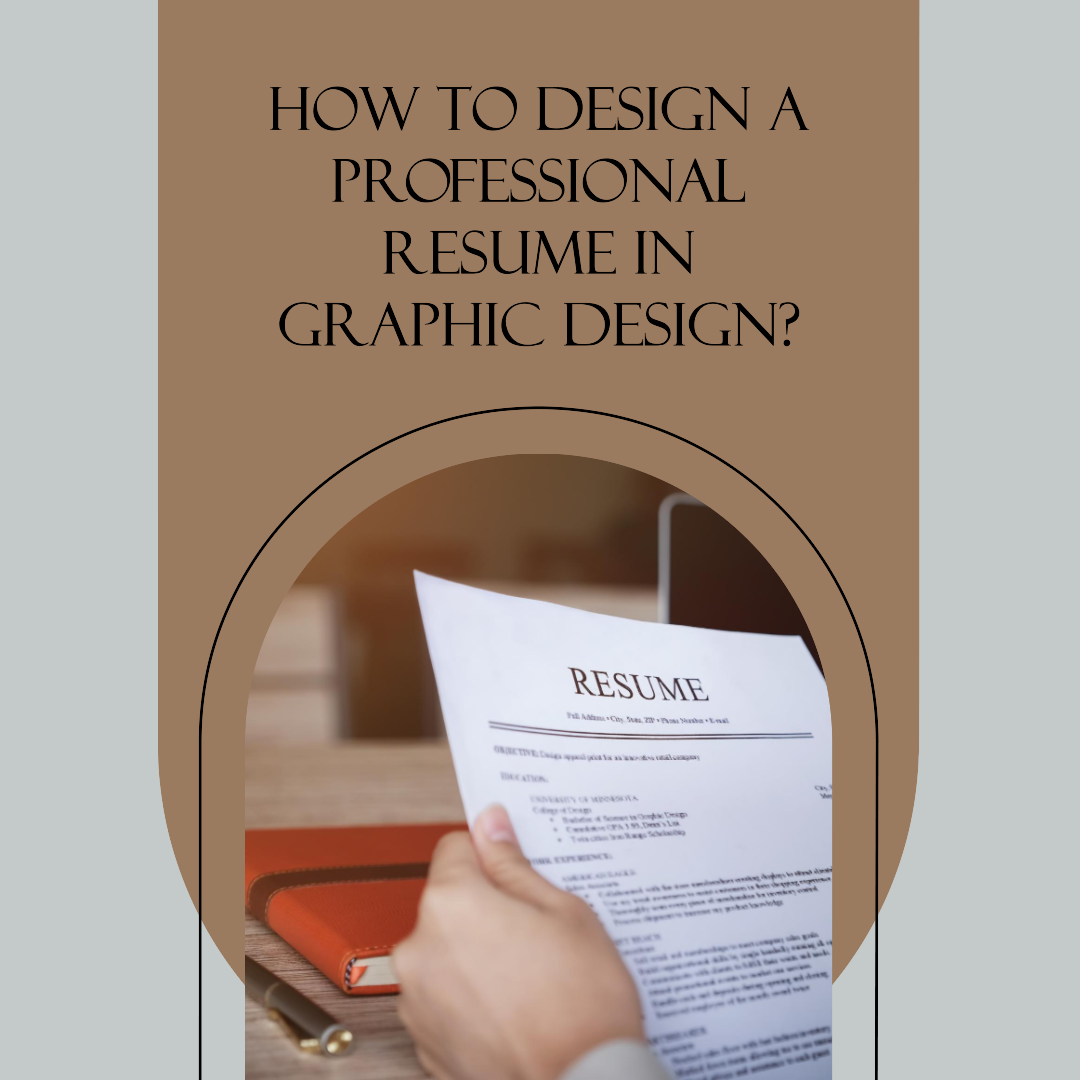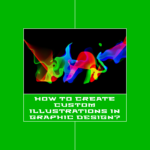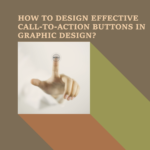How to design a professional resume in graphic design?
Crafting a Compelling Resume for Graphic Design: A Comprehensive Guide to Impressing Potential Employers
In the competitive realm of graphic design, crafting a compelling resume is crucial for showcasing your talent, skills, and experience to potential employers. A well-designed and informative resume serves as your first impression, highlighting your qualifications and persuading hiring managers to consider you for their open positions.
Understanding the Purpose of a Graphic Design Resume
A graphic design resume serves two primary purposes:
- To Showcase Your Skills and Experience: Effectively communicate your design skills, proficiency in software tools, and relevant work experience to demonstrate your ability to contribute to the company’s design goals.
- To Highlight Your Creative Prowess: Showcase your creativity and design sensibility through the visual presentation of your resume, setting it apart from conventional resumes and reflecting your artistic flair.
Key Elements of a Professional Graphic Design Resume
A professional graphic design resume should encompass the following essential elements:
- Contact Information: Provide clear and up-to-date contact details, including your full name, email address, phone number, and professional website or online portfolio.
- Profile Summary or Objective: Craft a concise and impactful profile summary or objective statement that highlights your key skills, years of experience, and design areas of expertise.
- Work Experience: Detail your professional experience in reverse chronological order, starting with your most recent position. Include the company name, job title, dates of employment, and a brief description of your responsibilities and accomplishments.
- Education and Academic Background: List your educational qualifications, including the name of the institution, degree or diploma obtained, and relevant coursework or projects.
- Skills and Proficiencies: Highlight your technical skills, software proficiency, and relevant design tools, including specific versions of Adobe Creative Suite, Sketch, Figma, or other industry-standard software.
- Awards and Recognition: Showcase any awards, recognition, or accolades you have received for your design work, demonstrating your achievements and industry standing.
- Design Portfolio: Provide a link to your online design portfolio, showcasing your best work and demonstrating your visual style, creativity, and problem-solving abilities.
Visual Design Considerations for a Graphic Design Resume
While the content of your resume is paramount, the visual presentation is equally important in the field of graphic design:
- Typography: Use a clean, professional, and easy-to-read font that aligns with your design style and maintains a balance between creativity and readability.
- White Space: Utilize ample white space to create a sense of balance, organization, and sophistication, allowing the most important elements to stand out.
- Color Palette: Choose a color palette that complements your design style and reflects the brand or industry you are targeting.
- Visual Hierarchy: Establish a clear visual hierarchy that guides the reader’s eye through the resume, highlighting key information and prioritizing your most relevant skills and experience.
- Design Elements: Incorporate subtle design elements, such as borders, icons, or graphics, to enhance visual appeal and reinforce your design identity without overwhelming the reader.
Additional Tips for Crafting an Effective Graphic Design Resume
- Tailor Your Resume to Each Job: Carefully review the job description and tailor your resume to match the specific requirements and skills sought by the employer.
- Proofread and Edit Thoroughly: Ensure your resume is free of grammatical errors, typos, and inconsistencies to maintain a professional and polished presentation.
- Keep It Concise: Aim for a one-page resume unless you have extensive experience. Prioritize the most relevant information and avoid unnecessary details.
- Quantify Your Achievements: Whenever possible, quantify your accomplishments using numbers, percentages, or specific examples to demonstrate the impact of your work.
- Seek Feedback and Iterate: Gather feedback from experienced graphic designers or mentors to refine your resume and ensure it effectively conveys your skills and experience.
Conclusion: A Resume as a Reflection of Your Design Talent
Your graphic design resume is a reflection of your design talent, creativity, and ability to communicate effectively. By following the guidelines and incorporating the key elements outlined above, you can create a professional and visually appealing resume that showcases your expertise and increases your chances of landing your dream graphic design job. Remember, your resume is the first step in showcasing your design prowess, so make it count and leave a lasting impression on potential employers.








